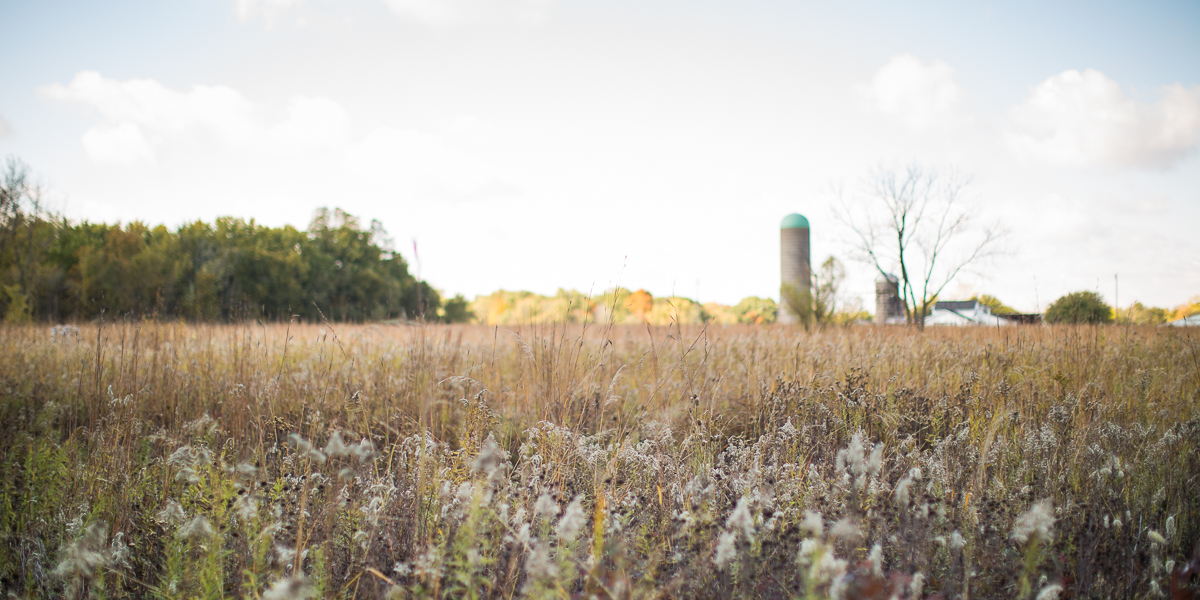


Explore other majors & minors
Benjamin Farrer
Associate Professor of Environmental Studies
2 East South Street
Galesburg, IL 61401

B.A., B.S.
The environmental science department has three full-time faculty: a specialist on climatology and environmental justice, an earth scientist with a specialization in geoarchaeology and GIS, and a social scientist focused on environmental policy. The program also draws on faculty expertise in the departments of biology, chemistry, and psychology.
Students may major in environmental science in one of two degree programs: a bachelor of science degree or a bachelor of arts degree. The major will provide students with the opportunity to focus on the scientific aspects of environmental issues and to gain more practice in the collection and analysis of scientific data. Environmental Science will also prepare students for careers and graduate study in the sciences without an additional scientific major while in college.
The environmental studies program is housed in Umbeck Science-Mathematics Center, where there are several large teaching laboratories as well as dedicated student/faculty research laboratories. Other resources include: